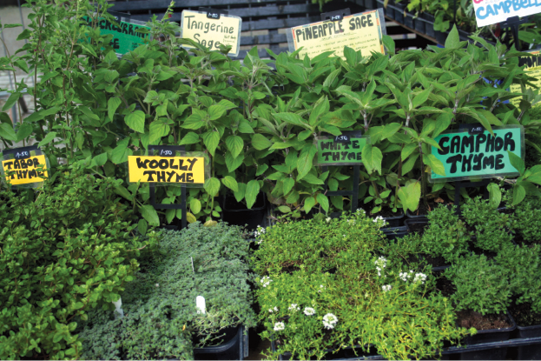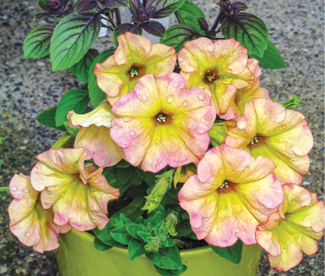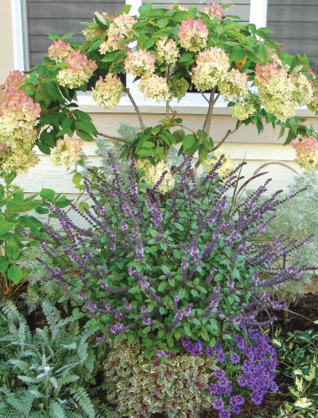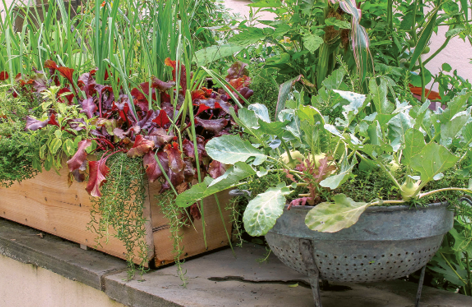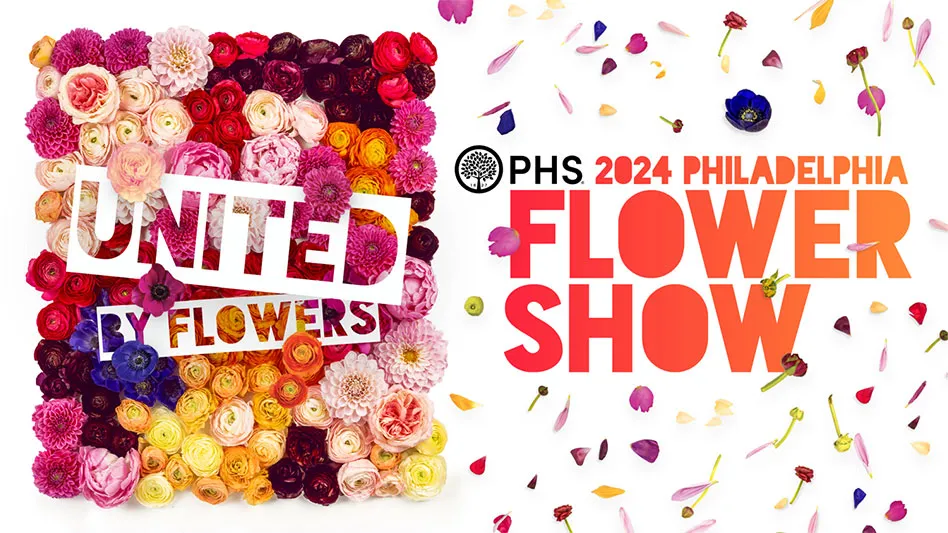

It’s hard to imagine a group of more beautiful and useful plants than herbs. Whether used in barbecue marinades, on grilled fish and meats or in salad dressings, nothing makes for more lively flavors and delicious taste. And most of the plants themselves are gorgeous, with great-looking foliage and flowers that make them ideal landscape plants. Better yet, they couldn’t be easier to care for. Most are tough, attracting few pests and needing relatively little water.
Spring is a great time to bring herbs front and center in your store, and we know edible gardening is popular among Millennials. There are many ways to promote herbs while increasing sales in other plants or categories.

Perfect pairings
Fragrant roses and herbs are natural companions and share a long history as medicinal and aromatic counterparts. Colorful herbs like variegated sages, thyme, rosemary and lavender are ideal for planting with roses. Combine them with fragrant varieties like ‘Chrysler Imperial,’ ‘Mister Lincoln’ and ‘Fragrant Cloud,’ and you have the makings of intoxicating potpourris. Consider selling roses, other flowers for drying, and fragrant herbs together with instructions and supplies for making potpourris. Other herbs that are good for potpourris include lemon verbena, lemon balm, fennel (for seeds) and peppermint.
Grilling and herbs are another can’t-miss combination, and with more nurseries selling barbecue equipment and supplies, they are natural promotional partners. The list of herbs useful for grilling is a long one, so consider including recipes, informative signs or barbecue cookbooks in displays. Even if you don’t carry barbecues, selling “grill gardens” will be a hit with any outdoor cook. There is even a special variety of rosemary, called ‘Barbeque’, which has long, straight stems sturdy enough to use for skewering meats, vegetables and fish.
Fresh herbs with fresh vegetables is an obvious marriage you may already be taking advantage of. They just make sense together. Selling herbs like parsley, basil, tarragon and thyme with salad greens and other vegetable transplants will help sell more of both. You can also take advantage of the popularity of preserving food by simply selling pickling cucumbers with dill and hot peppers. Or, take it even further and include canning supplies or how-to information. It’s not just about food — herbs and vegetables also look great in the garden together.
Get crafty
Consider enlisting the help of local chefs to demonstrate how to preserve fresh herbs through drying, making flavored oils and vinegars, and other techniques. It will help promote their restaurants and help you sell plants. There are endless possibilities for showing your customers the ways that fresh herbs can be used for cooking, both simple and complicated.
From sachets and potpourris to flavored vinegars and compound butters, the craft uses of herbs are almost endless. Use demonstrations from local experts or herb societies to show your customers the versatility of fresh herbs.
Herbs fit for every garden
Whether it’s Italian herbs like oregano, thyme, basil and garlic sold with paste tomatoes and peppers for a pizza garden, or cilantro, garlic, peppers and tomatoes for a salsa patch, themed gardens are popular and fun, especially for kids. Take advantage with festive displays and recipes.
From variegated lemon thyme or purple sage cascading over the sides of a large container, to dill or parsley providing unique foliage textures, herbs are naturals in pots, especially when combined with other spring flowers. It’s the perfect ornamental-edible solution for the gardener with limited space. Think about planting sample pots for display and selling herbs along with flowers, appropriate vegetable varieties, containers, potting soil and other supplies.
Lemon thyme as an edging; lavender as an informal hedge; rosemary as a ground cover; creeping thyme between stepping stones or as a no-mow lawn — the landscape uses for herbs are many and varied. Take advantage of this versatility and promote the landscape uses of herbs. Be sure to differentiate herbs that are both ornamental and edible with those that are only useful for landscape purposes, like creeping thyme.
While herb and vegetable gardens can be easy and fun to grow, insects and pests can often ruin the fun. Consider displaying natural fruit and vegetable insect protection products suitable for edibles near the live goods displays. Customers will be reminded of the importance of protecting their gardens, and you can take advantage of the increasing trend toward natural products and increase your basket purchases.

Explore the December 2016 Issue
Check out more from this issue and find you next story to read.
Latest from Garden Center
- Weekend Reading 5/17/24
- GardenComm 2024 Annual Conference registration is open
- Landmark Plastic celebrates 40 years
- Proven Winners introduces more than 100 new varieties for 2025
- Weekend Reading 5/10/24
- The Family Business, Part 2: Agreeing (and disagreeing) on capital investments
- Registration opens for Darwin Perennials Day
- Weekend Reading 5/3/24
